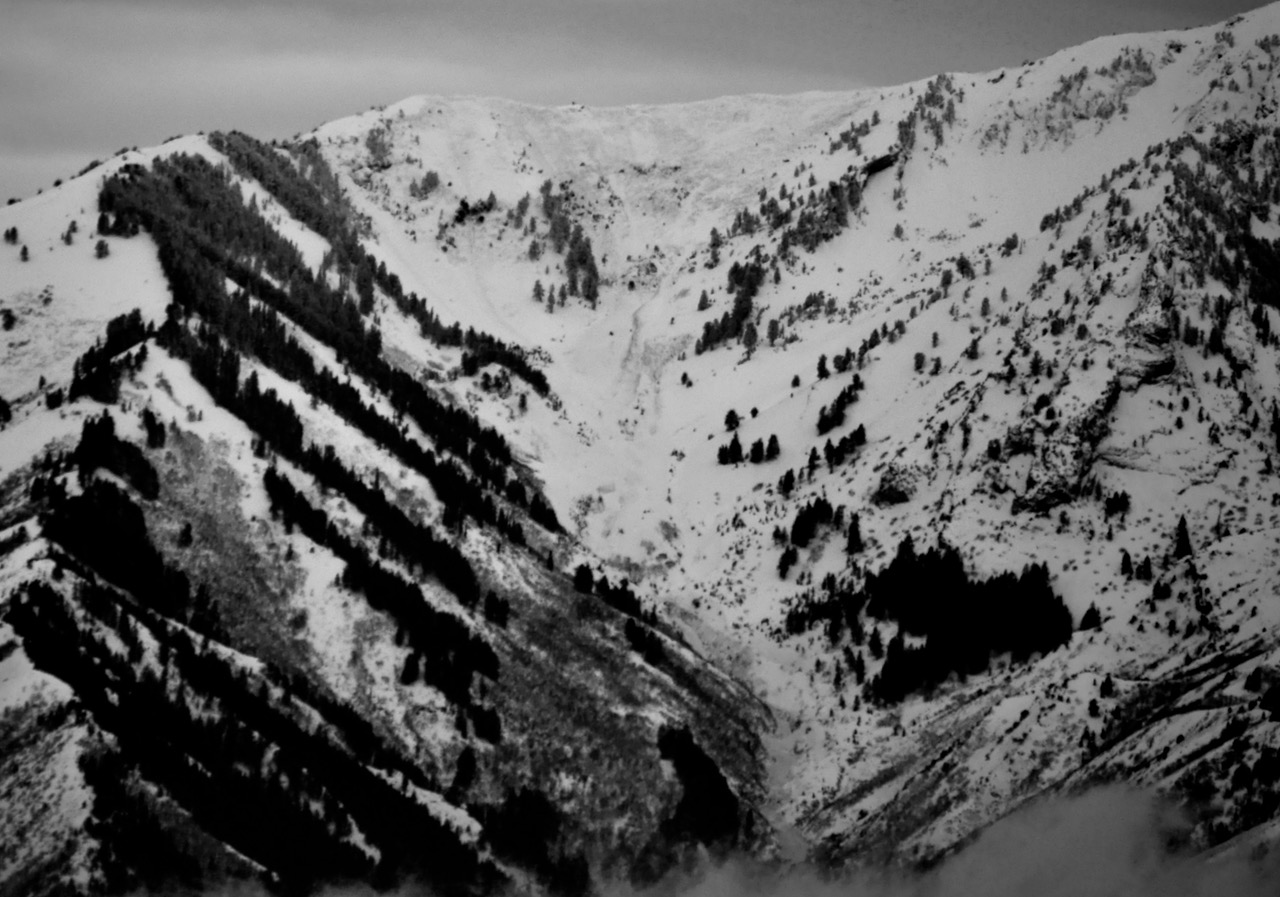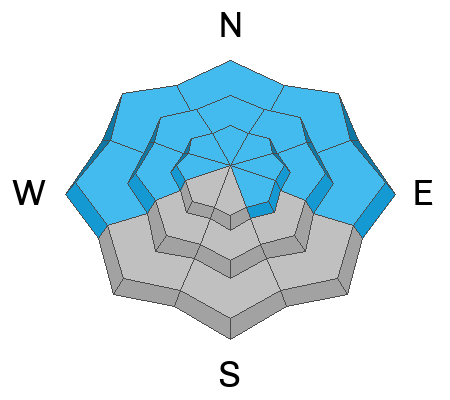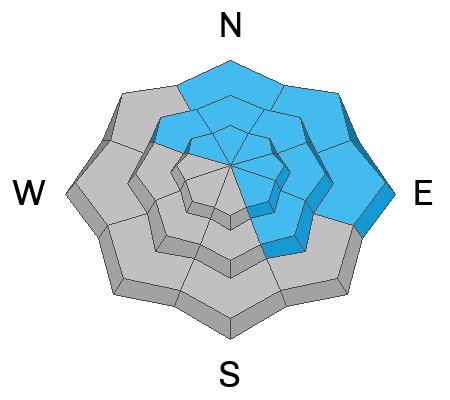Forecast for the Logan Area Mountains

Issued by Toby Weed on
Monday morning, December 30, 2024
Monday morning, December 30, 2024
The avalanche danger is HIGH in the backcountry. Very heavy snowfall and drifting by strong winds overloaded slopes with pre-existing weak snow. Large and dangerous natural and human-triggered avalanches are likely, especially on northerly-facing slopes at mid and upper-elevations.
Very dangerous avalanche conditions exist, and people should avoid being on or beneath drifted slopes steeper than 30°. Stay well clear of obvious and historic avalanche paths and runout zones.

Low
Moderate
Considerable
High
Extreme
Learn how to read the forecast here











